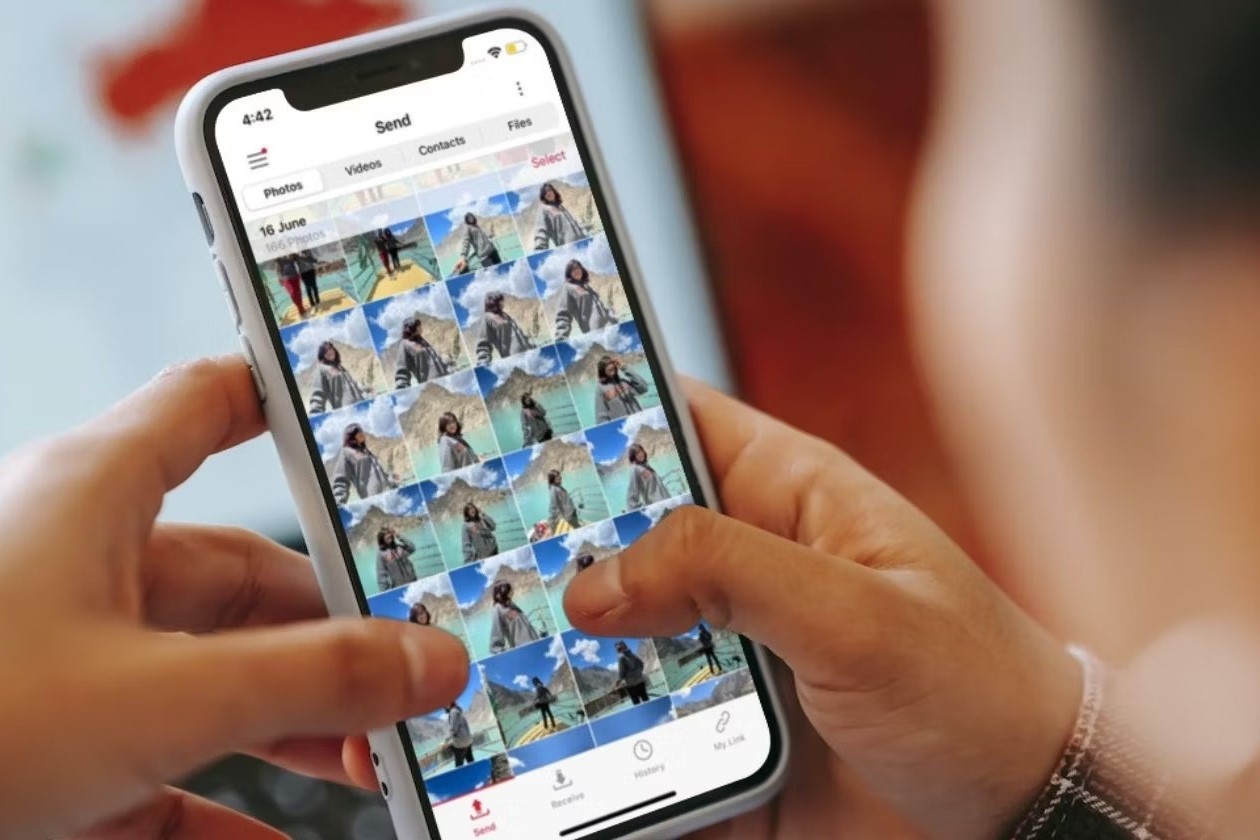
Understanding the Issue
Sending photos from an iPhone to an Android device can sometimes be problematic. Here are some common causes:
- MMS Settings: iPhones use iMessage for Apple devices, but MMS for others. If MMS isn't enabled, photos won't send to non-iOS devices.
- Network Connection: Weak or unstable cellular data can prevent MMS messages from being sent or received.
- Software Bug: Outdated or glitchy software can affect the ability to send MMS messages.
- Blocked Contacts: The recipient's number might be accidentally blocked.
- Recipient's Phone Issues: The recipient's device might have issues receiving MMS, or their storage might be full.
- File Size and Type: Some carriers limit MMS message sizes. Large pictures may not go through. Compress the image or send a smaller file. Ensure the file type is supported by the recipient's device.
- Carrier Restrictions: Some carriers have restrictions or require specific settings for MMS. Ensure your carrier plan supports MMS and you have good cellular coverage.
Step-by-Step Troubleshooting Guide
Check MMS Settings
Ensure MMS is enabled on your iPhone:
- Open Settings: Go to the Settings app.
- Navigate to Messages: Scroll down and tap “Messages.”
- Enable MMS Messaging: Make sure “MMS Messaging” is turned on. If off, toggle it on.
Restart Your iPhone
A simple restart can resolve connectivity issues and bugs:
- Press and Hold the Sleep/Wake Button: Locate the Sleep/Wake button.
- Slide to Power Off: Slide the slider to the right.
- Wait for a Few Seconds: Wait about 10 seconds.
- Press and Hold the Sleep/Wake Button Again: Hold until the Apple logo appears.
- Wait for Your iPhone to Boot Up: Let it boot up completely before trying again.
Refresh Cellular Data Connection
Refreshing your cellular data connection can help:
- Go to Settings: Open the Settings app.
- Navigate to Cellular/Mobile Data: Tap “Cellular” or “Mobile Data.”
- Toggle Off Cellular Data: Turn off cellular data.
- Wait for a Few Seconds: Wait about 10 seconds.
- Toggle Cellular Data Back On: Turn cellular data back on.
Check for Blocked Contacts
Ensure the recipient's number isn't blocked:
- Open Settings: Go to the Settings app.
- Navigate to Phone/Contacts: Tap “Phone” or “Contacts.”
- Check Blocked Contacts: Look for the recipient’s number in the blocked contacts list.
- Unblock the Number: Tap it and select “Unblock Contact.”
Ensure Proper File Size and Type
Some carriers limit MMS message sizes. Handle this by:
- Compress the Image: Use an image compression app.
- Check File Type: Ensure the file type is supported by the recipient’s device. Common types include JPEG, PNG, and GIF.
Contact Your Carrier
The issue might be related to carrier restrictions or settings:
- Call Your Carrier: Dial your carrier’s customer service number.
- Explain the Issue: Explain that you can't send photos to an Android device using MMS.
- Follow Their Instructions: Follow any instructions provided.
Alternative Methods for Sending Photos
Using AirDroid Personal
AirDroid Personal allows seamless file transfer between Android and iPhone devices:
- Download AirDroid Personal: Install it on both devices.
- Log In with the Same Account: Use the same AirDroid account on both.
- Open the iPhone App: Open AirDroid Personal on your iPhone.
- Select Transfer Icon: Tap the transfer icon.
- Choose Android Device: Select your Android device’s name.
- Connect Devices Wirelessly: AirDroid will connect both devices.
- Select Photos/Videos: Tap the attachment icon and select photos/videos.
- Select All Files: Tick the checkbox to select all files and hit “Send.”
Using Third-Party Messaging Apps
Apps like WhatsApp, Facebook Messenger, and Telegram allow sending pictures across different platforms:
- Download and Install App: Install the messaging app on both devices.
- Log In with the Same Account: Use the same account on both.
- Open the App: Open the messaging app on your iPhone.
- Select Photos/Videos: Tap the attachment icon and select photos/videos.
- Send Message: Send the message to the recipient’s number.
